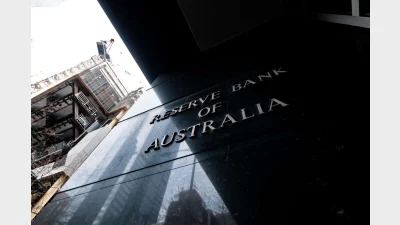Institutions make a play for real assets



Real assets are gaining traction in the institutional world, according to AMP Capital's latest Institutional Investor report.
More than 30 per cent of survey respondents held over 10 per cent in real assets, with the majority planning to increase allocations.
Just over 70 per cent said they would be most likely to increase investment in real estate, 56 per cent in infrastructure, 28 per cent in infrastructure debt, 17 per cent in real commodities and 22 per cent in other real assets.
However, European investors showed a lot more interest in the asset class than their global counterparts.
Almost half of European investors expect to allocate more funds to real assets in 2013, compared with only 18 per cent in Asia and 28 per cent in the Americas.
European investors also showed a propensity for direct, unlisted investments focusing on infrastructure debt, whereas in Asia interest centred around real estate, infrastructure and infrastructure debt.
Investors indicated they were willing to branch out into new asset classes whilst also managing risk. Almost one third of respondents said they were more likely to expand into new asset classes, including infrastructure, private equity, real estate and renewable energy following structural changes over the next 12 months.
Almost 30 per cent said they expected to limit risk while 24 per cent said they expected to increase their roster of managers.
Industry Funds Management released a statement yesterday indicating it planned to invest $5 billion into Australia's infrastructure assets over the next five years. It said that with government reform and a 5 per cent increase to industry funds' infrastructure allocations, institutions could invest $15 billion in the nation's infrastructure assets over the next five years.
Recommended for you
Australia’s superannuation capital has been positioned to play a larger role in south-east Asia’s economic development under a new government-backed deal.
Superannuation funds have become the dominant force behind Australia’s private markets boom, fuelling unprecedented growth and reshaping manager operations.
Reserve Bank governor Michele Bullock has said the central bank sees private demand picking up over the next year, taking over from public demand.
One of Australia’s largest super funds has acquired an equity stake in the institutional investment advisory firm.








